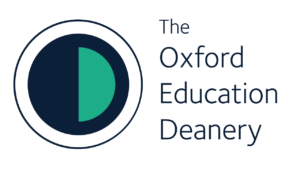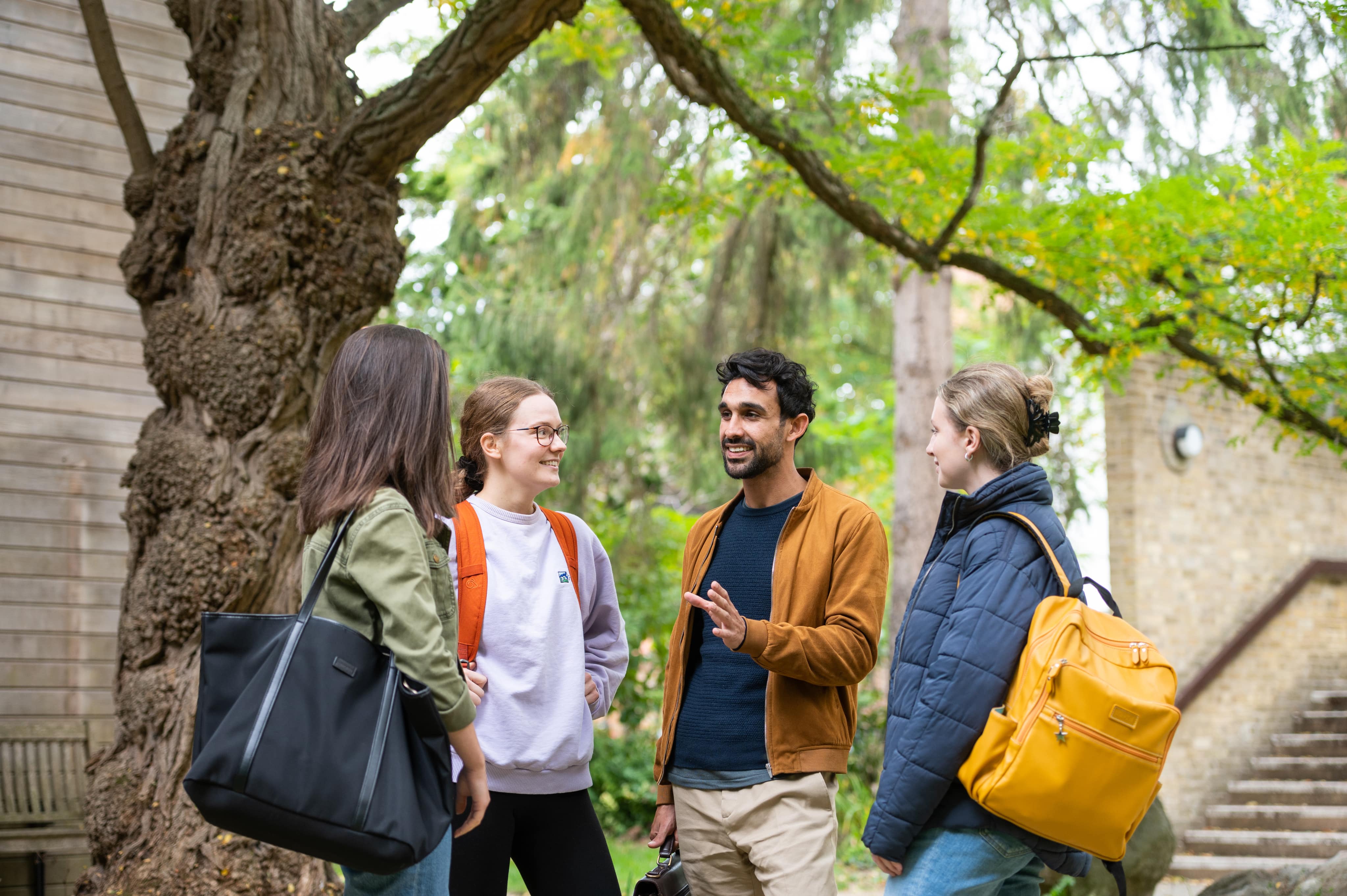The Project
This Deanery Digest is based on the following published research article:
Chidamabaram, A., & Khalid, A. (2024). Girls, education and climate crisis in Pakistan: From ‘what-connects’ to a sense of ‘self’ and education after the 2022 floods. International Journal of Educational Research, 127, 102428. https://doi.org/10.1016/j.ijer.2024.102428
What is this research about and why is it important?
The study aimed to understand girls’ experiences of education after the devastations of the 2022 floods in Pakistan. While evidence has shown gaps in educational access and quality for girls in Pakistan, it was important to seek out their voices to better understand what education meant to them in the wake of the flooding crisis and existing structural disadvantages. Our findings showed that girls continued to have a desire for education despite their challenges, and held on to their aspirations or dreams. Their communities (family, friends and teachers) played a significant role in providing social support for the girls.
What did we do?
A qualitative approach was used, with flexible interviews and informal group discussions with girls, male and female community members, and local experts in education, health, and politics. The study was conducted in the Rojhan, Larra, and Katcha-Chohan regions of Pakistan. An initial meeting with gatekeepers (political leaders) and local experts was conducted. Following this, girls were interviewed in open spaces of their choosing. Group discussions with male and female members of the community were also held. Narratives from these groups were then analysed to identify emerging themes and then to form a ‘collective story’.
What did we find?
Our findings trace the pre-flood era, post-flood devastations, and their experiences of emerging hope after the floods. Our main findings were:
- The legacies of girls’ exclusion from educational opportunities pre-dating the floods: Girls and their communities described education as affected by other issues. For example, lack of safe school buildings, lack of security, lack of healthcare and a lack of opportunity for moving to bigger, more developed regions.
- The post-flood devastation: Girls and their communities spoke about destruction to their homes and schools, loss of livelihoods, financial challenges and an inability to realise their educational aspirations.
- Sense of self: The desire for education, their religion, and their dreams fueled girls to imagine alternative futures and work within their vulnerable circumstances to pursue learning.
- Sense of community: The relationships girls had with their families, teachers, and the wider community was a critical source of support for developing their sense of self and remaining hopeful and determined about their dreams.
What does it all mean anyway?
We found that it is important to address educational inequality in Pakistan alongside other issues in healthcare, transport and security. We also show that these issues were worsened by the 2022 floods, and a subsequent lack of support from the Government. However, we also show that the environments girls live in are not always obstacles to their dreams: their families, teachers, and friends (the community) supported them in their desire for education.
Policy efforts must therefore:
- Provide more targeted support to girls, acknowledging the multiple, interlinked issues of this context, rather than merely focusing on crisis response.
- Include more administrative and financial support, with a focus on improving occupational mobility.
- Acknowledge the role of the community as supporters of education to provide more inclusive and sustainable support

